I. Introduction
The term “artificial intelligence” (AI) refers to the study and development of computer systems that can learn and do things that people used to think only humans could do. AI technology is based on machine learning, which involves slowly training algorithms on large datasets to improve their performance and accuracy. DeepMind and OpenAI are two of the top companies working on this technology. But how does artificial intelligence work? Why do we need this technology? These are the questions the world is looking for answers to. Artificial intelligence is vital to our everyday lives because it lets machines do complicated tasks more quickly and accurately than people can. It also opens up new ways to be creative and develop new ideas.
Statement of the ‘Current state of Artificial Intelligence’
Google’s own artificial intelligence model, Google Bard, was announced when OpenAI ChatGPT was made. Both are out-of-the-world conversational chatbots. Of course, we are excited about them because they make our lives easier.
The rapid advancement and new developments across many AI-related fields characterize the area today. Over the past decade, advances in artificial intelligence (AI) have allowed machines to perform tasks that were once thought to be exclusively human’s domain, such as natural language processing, computer vision, and robotics. Virtual assistants powered by AI have advanced to the point where they can understand and respond to spoken commands like Siri and Alexa. AI algorithms can analyze medical images and predict disease outcomes with a high degree of accuracy.
Artificial intelligence has come a long way, but there are still a lot of big problems and limits. Myths surround AI. Concerns have been raised about how getting and using the vast amounts of high-quality data needed to train AI algorithms could lead to bias and invasions of privacy. To ensure AI is used responsibly and ethically, its development and use must be more open and accountable. Though AI faces many obstacles, it holds great promise for the future.
II. The Current State of Artificial Intelligence
A. Overview of recent advancements in AI research and development
There have been a lot of significant breakthroughs in AI in recent years. We do not need to be an expert to get the answer to “How does artificial intelligence work?” AI algorithms and applications have been the focus of research and development to make them faster, more accurate, and more widely available. Key areas of progress in the study and development of artificial intelligence include:
- Deep learning: Here, massive datasets are used to teach artificial neural networks how to find patterns and make educated guesses. This is a subfield of machine learning. Image and speech recognition, NLP, autonomous driving, and many more are some of the many uses for deep understanding.
- Reinforcement learning: known as a subfield of machine learning, reinforcement learning entails teaching computers to solve problems by letting them make mistakes and learn from them. Gaming, robotics, and even industrial automation have used reinforcement learning.
- Natural language processing: That’s when a computer can grasp and process language just like a human would. Chatbots, digital assistants, and translation services are just a few examples of the many uses of NLP.
B. Explanation of key areas of progress in AI technology, including machine learning, natural language processing, computer vision, and robotics
Some of the key areas of progress in AI technology include:
- Machine learning: That’s when a computer can take in new information, process it, and use that knowledge to get better and better results over time. Image and speech recognition, fraud detection, and personalized medicine are just some areas where machine learning has been used.
- Natural language processing: That’s when a computer can grasp and process language just like a human would. Chatbots, digital assistants, and translation services are just a few examples of the many uses of NLP.
- Computer vision: What I mean by this is that computers are getting better and better at deciphering visual data. In addition to its use in areas like autonomous vehicles and facial recognition, computer vision has also been used in detecting objects and tracking moving targets.
- Robotics: Machines are becoming increasingly sophisticated to the point where they can carry out tasks alone or with minimal human input. Robots have found use in many fields, from manufacturing and medicine to exploration and even factory work.
C. Discussion of AI’s limitations and challenges, including ethical concerns and the need for better data and algorithms
Artificial intelligence has made a lot of progress, but there are still some problems and problems with technology. For example, some of the challenges include:
- Data quality and bias: There are concerns about the bias and privacy implications of data collection and use, although AI algorithms require massive amounts of high-quality data to train effectively.
- Ethical concerns: The potential for AI to be used for harmful purposes or to reinforce biases and inequalities has raised ethical questions about the technology.
- Algorithmic transparency: AI algorithms need to be made and used more openly and responsibly to ensure they are accurate, consistent, and fair.
There have been significant changes in many areas and uses of artificial intelligence in the past few years. Even though AI has a lot of potentials, it must be built and used responsibly and ethically, which means overcoming many problems and limitations.
III. Applications of Artificial Intelligence in Different Fields
Artificial intelligence applications are changing how we work, live, and interact with technology, and they appear in previously unexpected places. The following are among the most prominent uses of AI today:
A. Healthcare: Using AI for Personalized Medicine, Drug Discovery, and Diagnosis
- Disease diagnosis: Cancer and heart disease, among others, are being diagnosed with the help of AI algorithms that analyze patient data and medical images.
- Drug development: By analyzing massive datasets and making predictions about the effectiveness of new drugs, AI is helping to speed up the drug discovery process.
- Personalized medicine: Artificial intelligence creates individualized treatment plans based on patient data and genetics.
B. Finance: Application of artificial intelligence to fields such as finance and customer service
- Fraud detection: When we talk about AI in finance, this is the main benefit we get. Algorithms developed by AI are being used to detect financial crimes like fraud.
- Investment analysis: Market data is being analyzed with AI to reveal potential investment avenues, for example, when we use AI in cryptocurrency trading.
- Customer service: Using artificial intelligence chatbots and virtual assistants to boost customer service and make tailored suggestions is becoming increasingly common.
C. Education: Artificial intelligence for individualizing instruction, evaluating pupils, and conducting studies in the field of education
- Personalized learning: Computer learning algorithms are being used to tailor lessons to each student’s unique interests and strengths.
- Student assessment: AI analyzes data collected from students to shed light on their academic progress and outcomes.
- Educational research: Artificial intelligence is applied to analyzing massive datasets to inform educational policy and practice.
D. Transportation: Artificial intelligence in self-driving cars, traffic management, and supply chain administration
- Self-driving cars: Intelligent computer programs are being used to design cars that can drive themselves safely on streets and highways.
- Traffic optimization: Artificial intelligence is being used to study traffic patterns and determine how to improve traffic flow in urban areas and highways.
- Logistics management: Shipping and delivery routes are being optimized with the help of AI technology, which also boosts supply chain effectiveness.
E. Manufacturing: Use of Artificial Intelligence for Quality Assurance, Predictive Maintenance, and Supply Chain Management
- Quality control: AI researchers have made algorithms to find flaws in production processes and improve the final products.
- Predictive maintenance: AI is being used to predict when equipment will need to be fixed. This helps to cut down on downtime and increase output.
- Supply chain management: Artificial intelligence is used to streamline supply chains, enhance logistics, and cut expenses.
F. Entertainment: Intelligence-assisted writing, recommendation systems, and user interaction
- Content creation: Videos, songs, and other forms of digital media are being created and edited using AI algorithms.
- Recommendation engines: Personalized suggestions for movies, songs, and other forms of entertainment are being made possible by AI.
- User engagement: Social media and other digital platforms use AI to analyze user data and boost engagement.
In general, AI is used in many different ways, and many of its applications make processes and services faster, more accurate, and more personalized. As technology improves, we can expect AI to be used in even more creative ways that change the game.
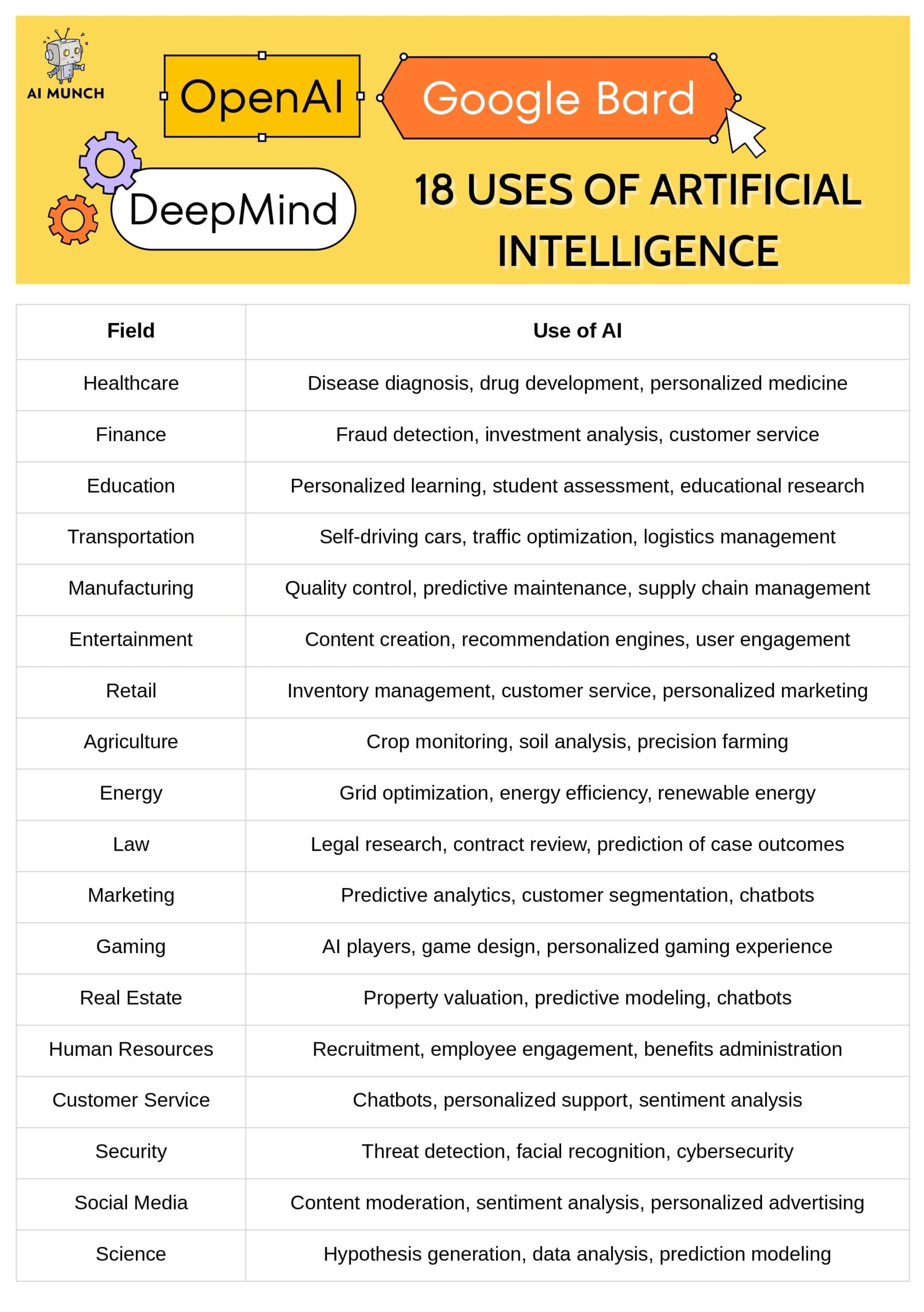
IV. Future Directions of Artificial Intelligence
In artificial intelligence, new ideas and directions are coming up, and they may set the path for the next few years. Some argue that artificial intelligence will replace humans. What follows is a list of some of the most important recent advances and trends in artificial intelligence:
A. The latest AI developments, including ethical AI, AI for social good, and the ability to explain AI, are discussed.
- Explainable AI: As AI algorithms get more complicated, people want to make AI that can quickly and clearly explain how it thinks and what it does.
- Ethical AI: As AI becomes more pervasive in everyday life, so does the public interest in and discussion of its ethical implications, as well as the need for ethical guidelines and standards for AI research, development, and implementation.
- AI for social good: Many AI experts are investigating how the technology can combat issues like poverty, disease, and global warming.
B. An outline of the current state of artificial intelligence study, covering such topics as quantum computing and neuromorphic computing.
- Quantum computing: Since quantum computers have the potential to solve problems that classical computers cannot, researchers are working on new algorithms and hardware for them.
- Neuromorphic computing: By making AI systems that look and work like the human brain, this research hopes to make AI algorithms more efficient and adaptable.
C. Speculation on the potential impact of AI on society and the economy in the coming years
- Job displacement: This is one of the dark sides of artificial intelligence. As AI improves, people are getting more worried about the effects of automation on the job market and the need for new ways to teach and train people.
- Economic growth: AI is expected to significantly impact the economy’s growth over the next few years by creating new goods and services, making existing ones better, and streamlining internal operations.
- Societal implications: There are certain examples of how Artificial intelligence is changing the security field for good. However, there is a dark side as well. Major societal concerns, such as privacy, security, and governance, will arise from AI research, development, and implementation.
The future of AI is likely to be shaped by new trends and developments in areas like explainable AI, ethical AI, AI for social good, breakthroughs in quantum computing and neuromorphic computing, and AI’s effects on society and the economy. As AI advances, plans must be developed to ensure that its benefits are distributed fairly. It is essential to consider what these trends and developments mean for society.
V. Conclusion
Artificial intelligence has come a long way in the past few years, and it is now used in many fields, from medicine to the arts. The rapid development of AI subfields like machine learning, NLP, CV, and robotics has far-reaching impacts across many different markets. Certain AI tools make our tasks easier and help us save hours.
In this article, we talked about recent changes, critical areas of progress, how artificial intelligence work, and the limits and problems of AI. We also looked at how AI is used in various industries, such as medicine, business, teaching, transportation, manufacturing, and the arts. Already AI has a profound impact in these areas, and there are countless untapped possibilities for its use.
To keep up with the rapid pace of AI development, it’s crucial to allocate resources towards study, innovation, and teamwork. Governments, businesses, and educational institutions must all accomplish this. The development of AI can be sped up with additional funding, which in turn could spur innovation and economic expansion. Responsible AI is important for everyone, so collaboration between researchers, developers, and end-users is crucial.
AI has a promising future and significant obstacles to overcome. The world may be altered in ways we haven’t even begun to imagine as AI technology develops. Consequently, efforts should be made toward an AI future that is ethical, fair, and responsible. To do this, we need to make a concerted effort to understand AI’s social and moral effects and deal with them. We also need to create standards and guidelines for developing and using AI.
AI has a lot of potential, but reaching that potential will take a lot of time and teamwork. With sufficient funding, research, and collaboration, AI has the potential to revolutionize the world in ways we cannot even begin to fathom at this point. Maybe we haven’t gotten answers to how does artificial intelligence work, why we need this technology, and whether it can make our lives easier or not. But as we move forward in this age of technology, we will definitely learn something about AI that will blow our minds.
FAQs
Researchers in the 1950s and 1960s used AI to create programs that could play chess, solve mathematical problems, and carry out other simple tasks. Since then, many industries have incorporated AI into their practices, from medicine and finance to logistics and the arts.
Even though the idea of artificial intelligence (AI) has been around since ancient Greek myths and legends, it was in the 1950s that computer scientists seriously explored the possibility of building machines with human-like intelligence.
John McCarthy is considered the father of AI. He was an American computer scientist who coined the term “artificial intelligence” in 1956 and was one of the founders of the field.
There are generally three types of artificial intelligence:
1. Artificial narrow intelligence (ANI): AI systems that can perform specific tasks, but cannot apply their knowledge to other tasks.
2. Artificial general intelligence (AGI): AI systems that can understand or learn any intellectual task that a human being can.
3. Artificial superintelligence (ASI): AI systems that are capable of exceeding human intelligence in every possible way.
One person did not create artificial intelligence (AI), but through the efforts of many scientists spread out over many years. John McCarthy, Marvin Minsky, Allen Newell, Herbert Simon, and Arthur Samuel are just a few of the forefathers of artificial intelligence study.
AI research and development aims to make machines that can do simple tasks, make accurate predictions, and solve complex problems faster and better than any person. AI can change many industries by increasing output, improving decision-making, and making it possible to create new products and services.
“Artificial intelligence” (AI) is the ability of machines and software to act like people in ways like learning, solving problems, making decisions, and understanding language. AI is the process of making algorithms and models that can analyze and process data to come to conclusions, find patterns, and do routine tasks automatically.
There are generally four types of artificial intelligence:
1. Reactive machines: AI systems that can only react to specific situations, without the ability to form memories or use past experiences to inform future actions.
2. Limited memory: AI systems that can make decisions based on past experiences and data, but only for a limited period of time.
3. Theory of mind: AI systems that can understand human emotions, beliefs, and intentions, and use this knowledge to make more sophisticated decisions.
4. Self-aware: AI systems that can understand their own existence and capabilities, and use this understanding to improve their decision-making.
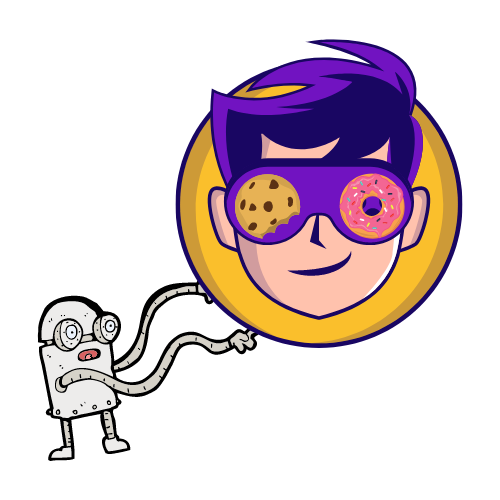


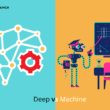
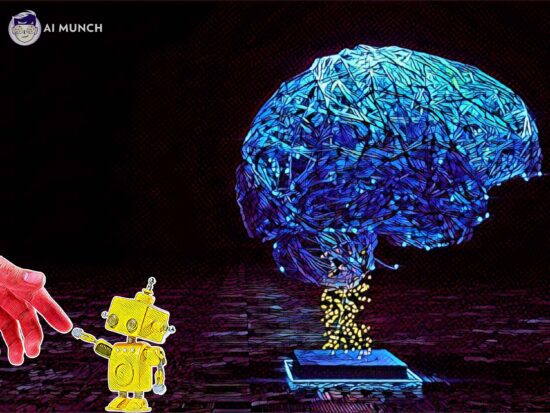

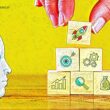
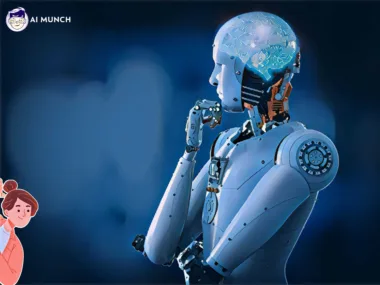
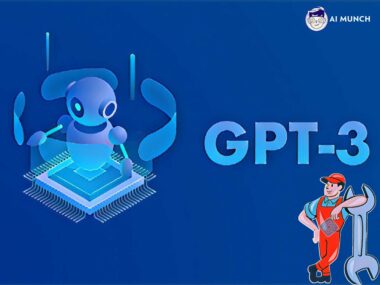


27 comments